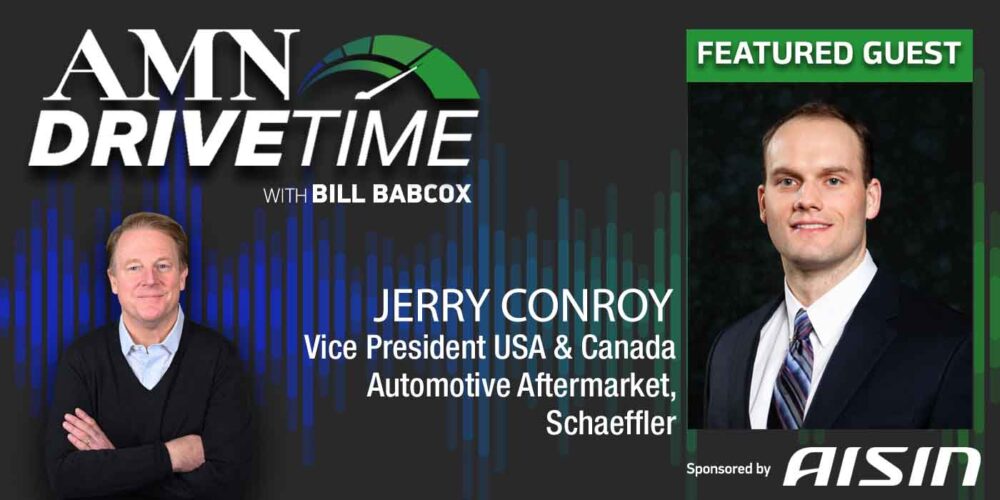Have you seen an uptick in misfire codes or engines running rough at your shop in April or October? The cause of the misfires is the temperature fuel evaporates, otherwise known as the volatility.
Summer blends are designed to evaporate at higher temperatures to prevent evaporative emissions. During winter, they change the mix to be more volatile at lower temperatures for improved cold starts and lower start-up emissions. Gasoline distributors will change the formulations typically in late September and early April. But, it is difficult to predict the weather.
The fuel’s volatility can directly impact how the flame front propagates inside the cylinder under certain conditions like cold starts and high loads at specific engine speeds. One of the most common symptoms described is misfires when the vehicle is traveling at freeway speeds when the engine is between 2,000 and 3,000 rpm.
In this video, we look at what happens when the fuel does not match the weather.
This video is sponsored by Standard Motor Products.













